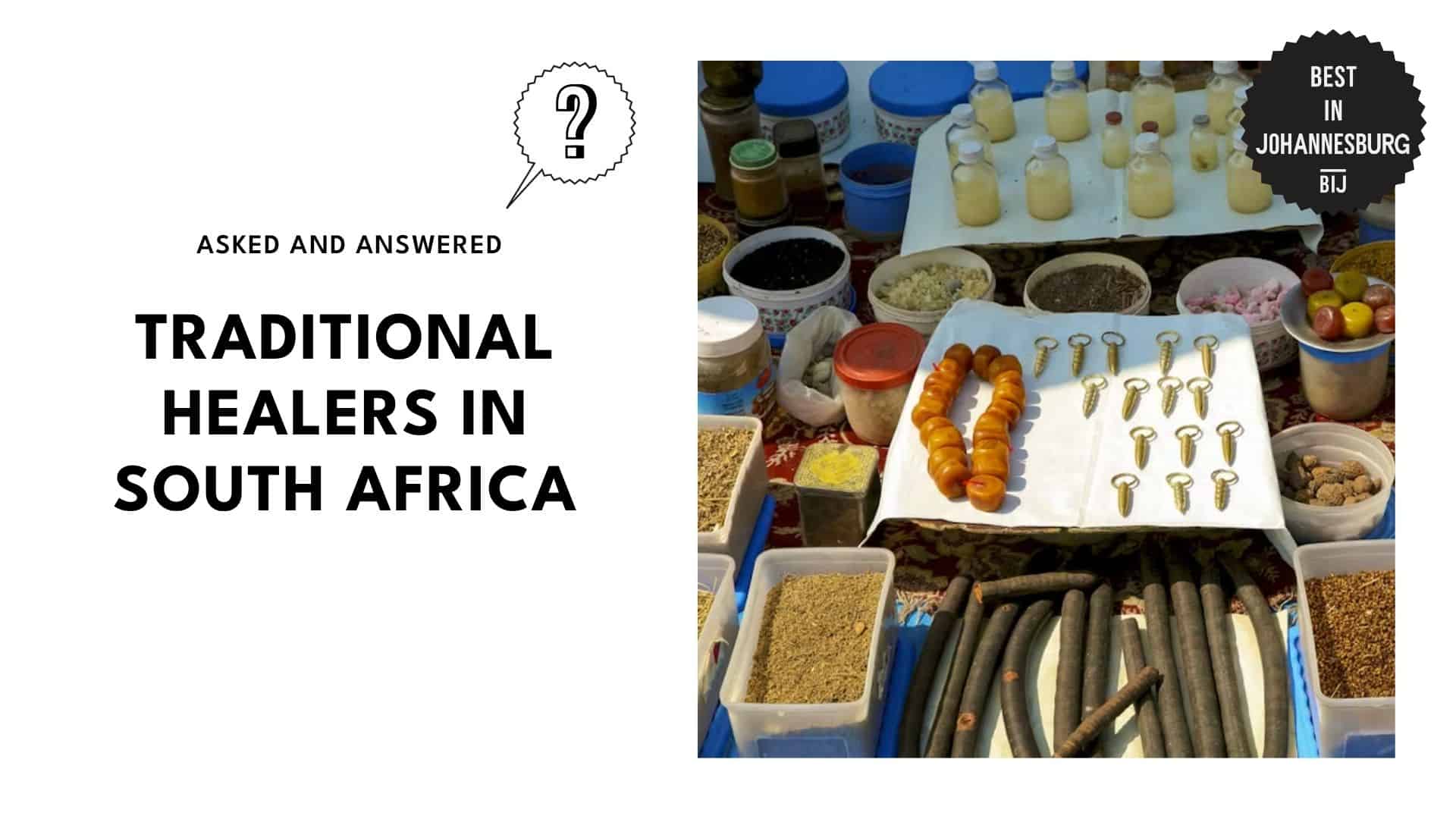Categories > Guides and Tips

Inside a Hero’s Home: Your Guide to Mandela House
I remember one activity we did in Grade 8 so clearly. Mrs. Li, our history teacher, had us imagine the 1960s in South Africa. She asked us to picture Nelson Mandela secretly gathering people to fight against apartheid, a system where people were unfairly separated by race.
The activity opened my eyes to the struggles Mandela endured to give me the freedom I currently enjoy. Now that I’m older, I had the opportunity to visit his house last weekend, and all the rooms told the story of his resilience and hope. This trip made me appreciate his sacrifices and the importance of standing up for what’s right.
If you want to learn more about this hero, I’ll share the activities you can do inside his humble home!
Things to Know
Operating Hours: Monday to Sunday – 9 a.m. to 4:45 p.m.
Location: 8115 Vilakazi St, Orlando West
Entrance Fee:
- Adult – R100
- Senior – R50
- Children 7 years old and above – R40
- Children below 7 years old – Free
Website: https://www.mandelahouse.com/
Background
Mandela House was Nelson Mandela’s home from 1946 to 1961. When he went to prison in 1962, the house remained a key spot for anti-apartheid activities. It faced many attacks, and you can still see bullet holes and scorch marks from those days.
When Mandela was released from prison in 1990, he returned to his house and said this famous line: “I have come home at last.” However, he had to leave after 11 days due to security concerns.
In 1997, Mandela donated his home to the Soweto Heritage Trust to turn it into a museum. It became a National Heritage Site in 1999.
How to Get There
By Train: Take the train and get off at the Park Station. Train tickets start at R35.
By Bus: There are multiple bus stations near Mandela House. Ride the bus numbers 3, 7, 75, 8, A, B, PR2, 1, X2, PR3, X3, TOUR, 13, 13A, X13, 16A, 2, or 5. The base fare is R9.50, with an additional cost of R12.50 per 10 kilometers.
By Taxi: Pin your drop-off at the entrance of Mandela House. It will cost you a base fare of R20 and an additional R12 per kilometer.
By Car: There’s secured street parking in front of the museum.
Things to Do
Explore the museum
Media from: mandelahousemuseum
Although small (870 square feet), the museum has a lot of interesting information about Nelson Mandela. It has four rooms: the living room, bedroom, kitchen, and guest room, with each space offering a glimpse into his life and the legacy he left behind.
The living room has many items, like photographs, honorary doctorates, some of his original furniture, and a world championship belt from boxer Sugar Ray Leonard.
His bedroom and kitchen display personal items like his boots and the original kitchenware the family used. The guest room features artwork and a collection of family photographs and paintings.
Exploring his humble abode felt like stepping back in time. The rooms were modest and worn from years of use, and I could almost imagine Mandela himself sitting in the living room, surrounded by friends and family.
The exhibit that impacted me the most was a painting of his family and friends—a powerful reminder that his strength and resilience were deeply rooted in his closest relationships.
Immerse yourself in Mandela’s life via interactive displays
Media from: asa_zamahlubi
The museum features interactive displays, including multimedia presentations and audio recordings of Mandela’s interviews.
His speeches in the multimedia presentation really moved me. It wasn’t just a history lesson; it was a testament to how words can change and unify people.
On the other hand, his interviews offer a glimpse into the hardships he endured. In one part of the interview, Mandela recalls how the authorities fired shots at his house. I remember that his voice was filled with anxiety, and it gave me goosebumps.
Appreciate historical artifacts
Media from: vicente.martinez.54943
The museum is also home to some of Mandela’s personal items that influenced his thinking and way of life.
Among the displayed personal belongings are his traditional clothing, books, and letters.
The letters, in particular, made me think deeply. The writings addressed to his family and friends revealed his personal struggles and the emotional toll of his fight for freedom. They allowed me to see the man behind the legend—a father, a husband, and a friend who carried the weight of his people’s hopes on his shoulders.
Reflect in the garden
Media from: mandelahousemuseum
The garden inside the Mandela House has only one tree. However, it’s one of the most important exhibits in the museum because this Australian melaleuca holds a secret.
According to the tour guide, Mandela buried the umbilical cords of his six children under the tree. This tradition symbolizes a deep connection to family and heritage.
Standing beneath its branches, I realized that Mandela was dedicated to giving his children and future generations a better life. The small garden carries a powerful emotional weight that leaves a lasting impression on all who visit the museum.





